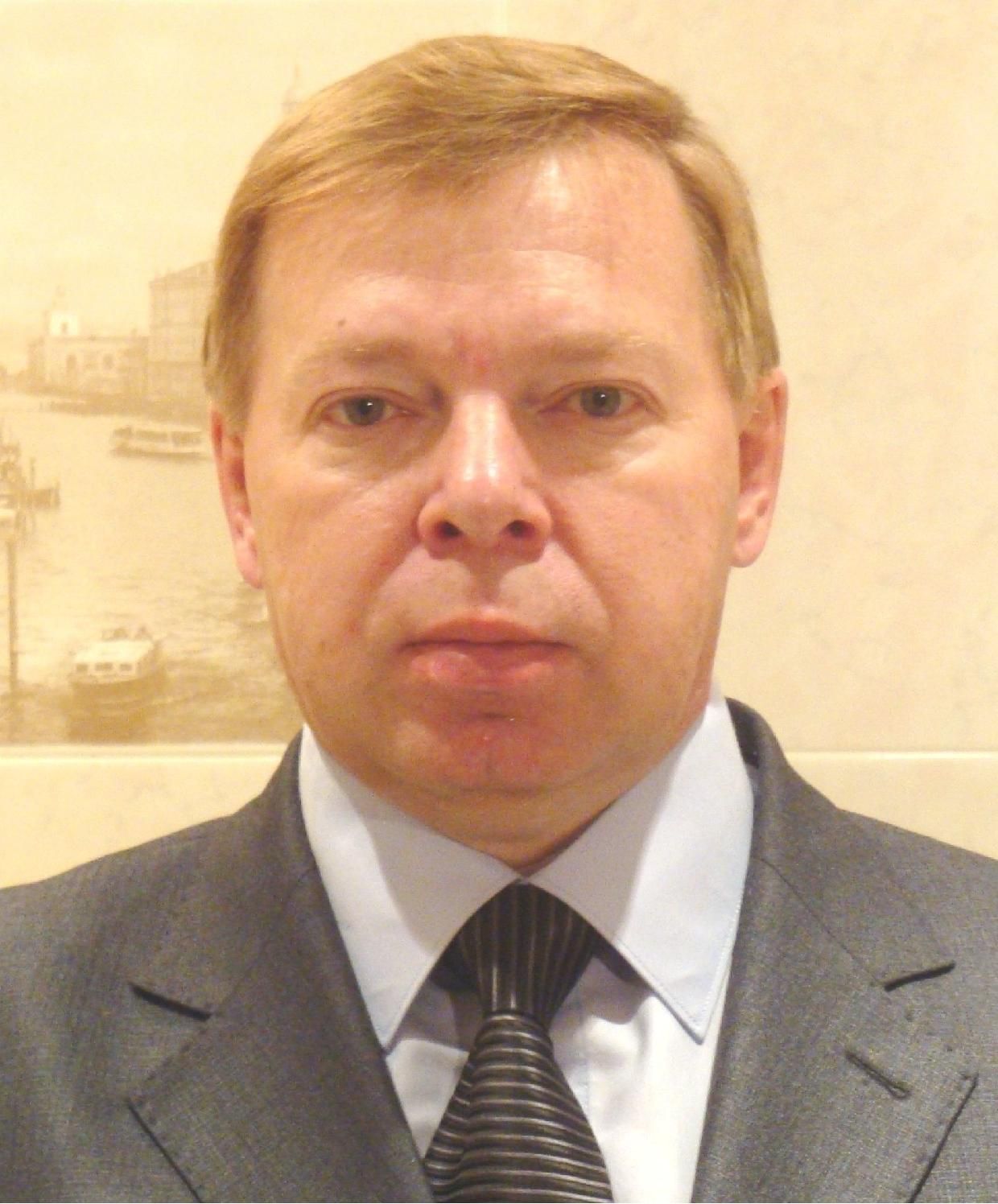 Prof. Dr. Andrey V. Brazhnikov, Siberian Federal University, Russia
Prof. Dr. Andrey V. Brazhnikov, Siberian Federal University, Russia
Andrey V. Brazhnikov, Ph.D., is an Associate Professor of the Department of Electrical Engineering, Polytechnic Institute, Siberian Federal University (Krasnoyarsk, Russia). He had his graduation in Electrical Engineering from the Krasnoyarsk Polytechnic Institute (Krasnoyarsk, Russia) in 1982 (major in Automatics and Telemechanics, Honors Degree). He received Ph.D. degree in Electromechanics from the Tomsk Polytechnic Institute (Tomsk, Russia) in 1985. In 1991-1995 he was the Russian Manager of two international (Russian-Bulgarian) research projects in the field of multiphase inverter-fed AC electric drives. In 2019 he was a Visiting Professor of Munich Technical University (TUM), Munich, Germany. Now he has more than 230 published research works and inventions.
Title: Novel Types of Windmill-Electric Generation Plants
Abstract: One of the main disadvantages of the existing windmill-electric generation plants is their low energy efficiency that equals not more than 20 % (if the wind turbine axis is horizontal) or 35 % (if this axis is vertical). It is conditioned by low level of the wind energy utilization by the wind turbine current types.
In principle, it is possible to increase the wind generators energy efficiency by the increase of the aerodynamic force of lift (i.e. lift) acting on blades of wind turbine (both in a case when the wind turbine axis is horizontal, and in a case when this axis is vertical). But unfortunately at present all known methods of creation of lift are already completely used.
The authors of this paper worked out the design principles for creating novel types of windmill-electric generation plants. The application of these principles will allow to increase considerably energy efficiency of wind generators. These novel principles of wind generators design are the following.
First, the use of novel principle of creation of the aerodynamic (and also hydrodynamic) force of lift that was discovered by the authors of this paper. They named this principle “energy-difference principle of creation of the aerodynamic / hydrodynamic lift”. According to this principle, aerodynamic force of lift appears when some quantity of energy passes from some energy source to the air flow which is in contact with one of the surfaces of a wind turbine blade. The realization of this principle can be obtained, for example, in the case when the blades of wind turbine is fitted with energy sources (heat sources, sound sources, etc.).
Second, the use of the positive feedback for electric power supply of the energy sources of wind turbine blades. To fulfil this principle, the electric power supply of the energy sources of wind turbine blades must be provided from the output electric circuit of wind generator (see Fig. 1).
The combined application of the above mentioned principles allows to increase considerably the output electrical power of a wind turbine of the novel type in comparison with the existing wind generators (by a factor of 1.5-2.0).
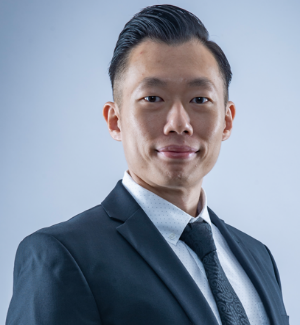 Prof. Dr. Jiashen Teh, Universiti Sains Malaysia (USM), Malaysia
Prof. Dr. Jiashen Teh, Universiti Sains Malaysia (USM), Malaysia
Dr. Jiashen Teh is a renowned academic and industry expert specializing in electrical power systems, renewable energy integration, and energy storage technologies. As the Director of the Power System Group at Universiti Sains Malaysia (USM), he leads cutting-edge research and innovation to address challenges in modernizing power grids and advancing renewable energy adoption.
Dr. Teh has made significant academic contributions, authoring over 80 high-impact journal articles and conference papers that have advanced knowledge in dynamic line rating systems, energy forecasting algorithms, and energy storage coordination. His research is supported by more than RM1.1 million in funding, with over 86% secured as a principal investigator. His funding sources include the Malaysian Ministry of Higher Education, Universiti Sains Malaysia, and international collaborators such as UPE-Power & Megago Technologies Co. Ltd. (Taiwan) and Taif University (Saudi Arabia).
Beyond research, Dr. Teh has supervised numerous graduate students, including five PhD scholars and postdoctoral researchers who have contributed to innovations in machine learning-based power systems and optimal grid operations. His dedication to mentorship and education has shaped the next generation of engineers and researchers.
Dr. Teh’s industry collaborations include consultancy and training projects with over 30 companies, such as Malaysia Airlines, Intel Electronics, PETRONAS Technical Services, and Silterra Malaysia. These projects have focused on energy efficiency, grid reliability, and renewable energy integration, bringing measurable improvements to client operations.
Title: Dynamic Line Rating (DLR) for Enhanced Grid Reliability
Abstract: In this keynote address, Dynamic Thermal Line Rating (DTLR) is presented as a transformative technology that revolutionizes power grid management, enabling enhanced reliability, efficiency, and sustainability. By leveraging real-time environmental data—such as ambient temperature, wind speed, and solar radiation—DTLR dynamically adjusts the thermal capacity of transmission lines, unlocking latent capacity beyond static thermal ratings. This adaptability reduces transmission bottlenecks, minimizes congestion costs, and facilitates the seamless integration of renewable energy sources.
The presentation delves into the core principles of DTLR technology, including advanced sensor deployments, machine learning-based forecasting models, and the optimization of transmission line operations under varying conditions. Cutting-edge applications are showcased through real-world case studies, such as the reduction of wind energy curtailment by 45% and cost savings of up to $60 million annually in power generation systems utilizing DTLR.
Additionally, the speech explores DTLR's role in enhancing the resilience of cyber-physical power systems by integrating with smart grid frameworks, enabling predictive maintenance, and supporting the efficient coordination of energy storage systems. Attendees will gain a deeper understanding of the synergistic effects of combining DTLR with network topology optimization and demand-side management to address challenges in modern power systems.
The keynote underscores the pivotal role of DTLR in paving the way toward an adaptive, resilient, and low-carbon energy infrastructure, offering a comprehensive blueprint for advancing grid modernization and achieving sustainable energy goals.
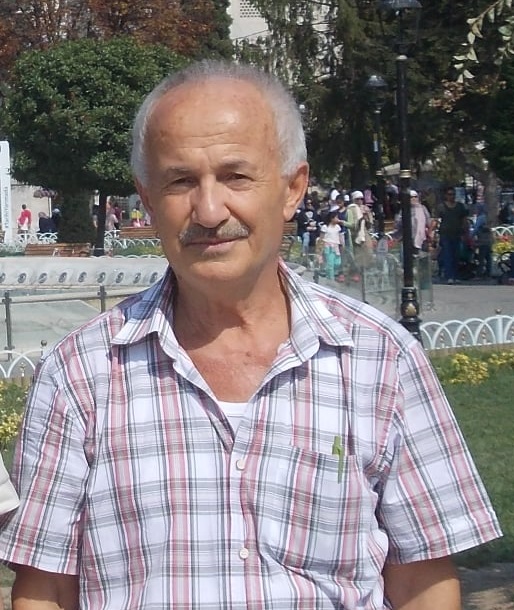 Prof. Dr. Osman Adiguzel, Firat University, Elazig, Turkey
Prof. Dr. Osman Adiguzel, Firat University, Elazig, Turkey
Dr. Osman Adiguzel graduated from Department of Physics, Ankara University, Turkey in 1974 and received PhD- degree from Dicle University, Diyarbakir-Turkey. He studied at Surrey University, Guildford, UK, as a post doctoral research scientist in 1986-1987, and his studies focused on shape memory alloys. He worked as research assistant, 1975-80, at Dicle University and shifted to Firat University in 1980. He became professor in 1996, and he has been retired due to the age limit of 67, following academic life of 45 years.
He published over 80 papers in international and national journals; He joined over 120 conferences and symposia in international and national level as Plenary Speaker, Keynote Speaker, Invited speaker, speaker or Poster presenter. He served the program chair or conference chair/co-chair in some of these activities. In particular, he joined in last six years (2014 - 2019) over 60 conferences as Speaker, Keynote Speaker and Conference Co-Chair organized by different companies in different countries. Additionally, he retired at the end of November 2019, and contributed with Keynote/Plenary Speeches over 230 Virtual/Webinar Conferences, in the coronavirus outbreak and retirement life in five year of his retirement, 2020 and 2024.
Title: Energy Storage and Energy Dissipation in Thermomechanical Processes and Transformations in Shape Memory Alloys
Abstract: Shape memory alloys take place in a class of advanced smart materials by exhibiting a peculiar property called shape memory effect. This phenomenon is initiated by thermomechanical processes on cooling and deformation and performed thermally on heating and cooling, with which shape of materials cycles between original and deformed shapes in reversible way. Therefore, this behavior can be called Thermoelasticity. The deformation is plastic deformation with which strain energy is stored in the material and releases on heating by recovering original shape. This phenomenon is governed by crystallographic transformations, thermal and stress induced martensitic transformations. Thermal induced martensitic transformations are exothermic reactions and occur on cooling with the cooperative movement of atoms in <110 > -type directions on {110}-type planes of austenite matrix, along with lattice twinning and ordered parent phase structures turn into twinned martensitic structure. Twinned structures turn into detwinned martensite by means of stress induced martensitic transformation with deformation. Shape recovery is performed by endothermic austenitic transformation on heating and detwinned martensite structures turn into the ordered parent phase structure. These transformations are driven by lattice invariant shears. Martensitic and austenitic transformations are solid state reactions, and these reactions do not start at the equilibrium temperature at Gibbs Free Energy Temperature Diagram and a driving force is necessary for the transformations. Thermodynamic studies reveal that martensite is the stable phase at low temperature and austenite is an entropically stabilized phase at high temperature. These alloys exhibit another property called superelasticity, which is performed with stressing and releasing the material in elasticity limit at a constant temperature in parent phase region, and shape recovery occurs upon releasing, by exhibiting elastic material behavior. Stress-strain curve exhibit non-linear behavior, stressing and releasing paths are different, and hysteresis loop refers to the energy dissipation. Superelasticity is the result of stress-induced martensitic transformation and ordered parent phase structures turn into the fully detwinned martensite structures with stressing.
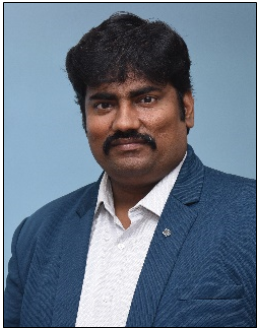 Prof. T. Muthuramalingam, SRM Institute of Science and Technology, India
Prof. T. Muthuramalingam, SRM Institute of Science and Technology, India
Prof. Dr. Muthuramalingam Thangaraj is currently working as Professor and Head at the Department of Mechatronics Engineering, SRM Institute of Science and Technology. His primary area of research interests are unconventional machining processes and Mechatronics. He has published many of his research papers in the area of EDM, ECM, AWJM, LBM processes, optimisation approaches and Manufacturing automation and control. He has been listed as Top 2% scientists in worldwide by Stanford University, USA.
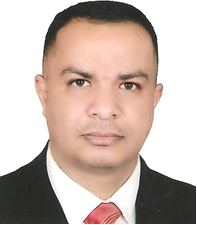 Prof. Dr. Naseer Abboodi Madlool, University of Kufa, Iraq
Prof. Dr. Naseer Abboodi Madlool, University of Kufa, Iraq
ACADEMIC QUALIFICATION
Doctor of Philosophy (Energy), University of Malaya (UM), Malaysia.
M.Eng.Sc., (Aerospace), University of Babylon, Iraq.
B.SC. Eng. (Mechanical), University of Babylon, Iraq.
WORK EXPERIENCE:
• 2020-Up to Now (Director of department of follow up and security – University of Kufa) + (Lecturer), Mechanical Engineering - Faculty of Engineering – University of Kufa – Iraq.
AREAS OF EXPERTISE
• Energy, Exergy (energy efficiency, emission)
• Turbomachinery, Aerospace.
• Application of Nanofluids in Heat Exchanging Devices (Heat transfer, Fundamental properties)
• Environment Analysis and Modeling (emission, energy consumption).
 Prof. Herish Golpira, Azad University of Sanandaj, Iran
Prof. Herish Golpira, Azad University of Sanandaj, Iran
Prof. Herish Golpira received the B.Sc., M.Sc., and Ph.D. degrees in industrial engineering in 2003, 2006, and 2016, respectively. In 2010, Hêriş joined the Azad University of Sanandaj, Kurdistan, Iran, as a lecturer, and he is currently an associate professor. During the years 2003, 2004, 2005 and 2008, Hêriş had the honor of working with Sanandaj Gas Power Plant, Kurdistan Water Organization, Kurdistan Petrochemical Co. and Kurdistan Tractor Manufacturing Co. His name has been listed among 2% of the world's Scopus-highly cited scientists for four years. He is an associate editor of Frontiers in Environmental Science and is working with more than 60 ESCI International Journals.
Title: Optimal Integration of Electricity Supply Chain and a Sustainable Fresh Fruit Closed-Loop Supply Chain Network
Abstract: A resilient Mixed-Integer Linear Programming model to optimize an integrated Electricity Supply Chain-enabled Fresh Fruit Supply Chain is proposed to improve sustainability, efficiency, and resource use through biofuel production from poultry waste for fresh fruit production and packaging. The biofuel produced is converted into energy used to support the Electricity Supply Chain through fresh fruit production and export. The main contributions of the study are the introduction of a novel MILP model to integrate Electricity Supply Chain- with Fresh Fruit Supply Chain considering key parameters such as transportation, processing, and biofuel generation. The model enables decision-facilitating support in three strategic areas: system integration, energy exchange, and sustainability, by ensuring efficiency in the use of resources and economic, environmental, and operational risks. Several researchers have assessed prior research relating to biofuels, emphasizing its significance in addressing global energy challenges. Nevertheless, the body of literature has three gaps to be filled in the research at hand. First, limited attention is on the possibilities for integrating biofuels in both energy supply chains and food supply chains. Second, there needs to be more attention in the existing literature about possible trade-offs between energy generation, sustainability, and food security. Lastly, there is limited literature focused on integrated models that address these coverage concerns with and without carbon tax measures.
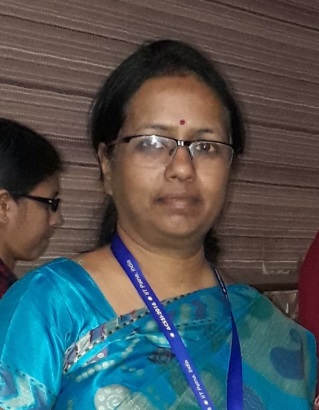 Prof. Dr. Neelam Srivastava, Banaras Hindu University, India
Prof. Dr. Neelam Srivastava, Banaras Hindu University, India
Research Interests
Energy Efficiency and Sustainable Solutions/ Energy storage devices, Flexible supercapacitor, Biopolymers as host for polymer-salt electrolyte, Ion transport mechanism in polymer electrolytes, Sodium ion conducting polymer electrolytes, Magnisum ion conducting polymer electrolyte, Microbial Fuel cell, Ion dynamics in polymer electrolytes, Polymer-In-Salt-Electrolytes.
Title: Limitations and Solutions for synthesis of Flexible and Cost Effective Polymer-In-Salt-Electrolytes for Energy Devices
Abstract: The polymer electrolytes known as Polymer-In-Salt-Electrolytes (PISEs) or rubbery polymer electrolytes are the electrolytes where the salt concentration is greater than the amount of host polymer. These electrolytes are supposed to address the problems like slow ion transport and poor cationic-transference-number observed in Salt-In-Polymer-Electrolytes (SIPEs) which are presently used at commercial level. PISEs are still struggling at laboratory scale because of their aging effect due to recrystallization of salt and also because of brittle matrix which limits their use in energy devices. The polymer hosts, successful in SIPEs, are not found to be a suitable option for PISEs and hence, new hosts are required. Crosslinked starch (from different botanical origins) are found to very suitable host for both SIPE and PISE range. In PISE range, they achieved σ>0.01S/cm with Electrochemical Stability Window (ESW)>2.5V and ion relaxation time ~µ sec. Fabricated supercapacitor has good capacity ~500F/gram and power density in kW kg-1. Use of simple synthesis protocol and renewable polymer(starch) makes it economical, environment benign and easy to use electrolyte because of its flexible nature.
Keynote Speakers